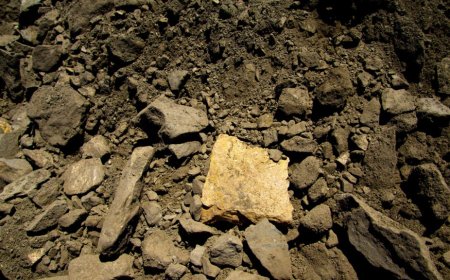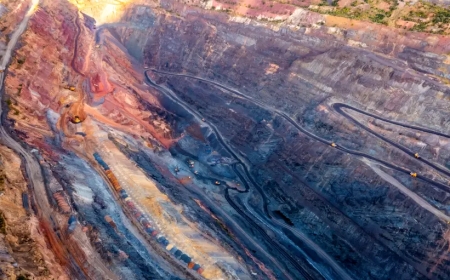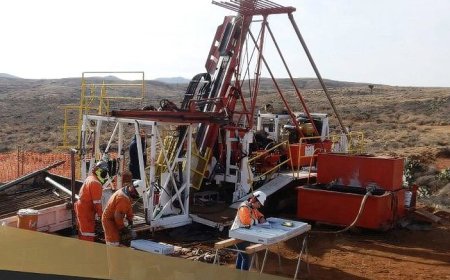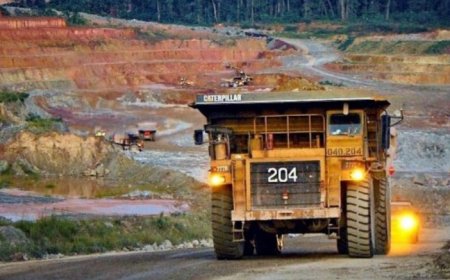Canada Nickel negotiates another $500M for Crawford project
Canada Nickel (TSXV: CNC; US-OTC: CNIKF) says it’s received its second significant pledge in two weeks to fund the northern Ontario Crawford project, which could be the world’s largest nickel sulphide development.
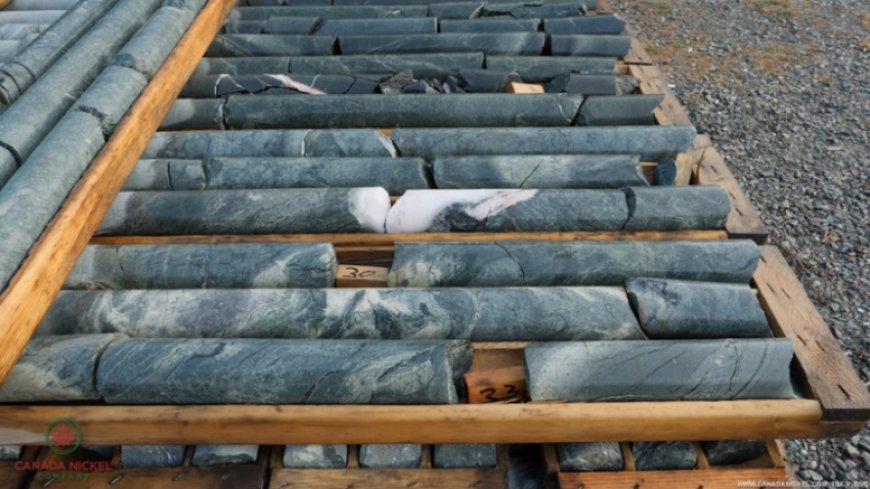

An unnamed financial institution has sent a letter expressing interest to supply $500 million in long-term debt to build the $3.5-billion capex project near Timmins over two stages, the company said.
That follows a similar letter for a potential US$500-million loan from Export Development Canada (EDC), a government agency that finances and offers other help to domestic companies. Also, Canada Nickel expects US$600 million in project tax credits from Ottawa. The total comes to nearly US$1.5 billion.
“We are very pleased with this additional indication of interest as it is another substantial step towards advancing our financing package for Crawford,” Canada Nickel CEO Mark Selby said in a release.
Shares in Canada Nickel closed more than 10% higher at $1.15 apiece on Thursday for a market capitalization of $208.4 million. They’ve traded in a 52-week range of 89¢ to $2.24.
Financial advisers
The terms and conditions of both financing efforts, such as interest rates, will depend on further due diligence and discussions involving lenders, their advisers and Canada Nickel’s financial team, the company said. It said the EDC loan’s term could be 18 years. The tax credits concern critical minerals funding and carbon emissions reductions.
The company’s financial advisers – Deutsche Bank, Scotiabank and Cutfield Freeman – are working to secure the remaining project funding. Construction is expected to begin once permits are received which is anticipated by mid-next year.
The Crawford property, located in a greenfield area with no history of mining or advanced exploration, has been the site of surface drilling for about three years.
Canada Nickel’s anticipated annual production is 42,000 tonnes of nickel. Crawford holds 2.5 billion tonnes grading 0.24% nickel for 13.3 billion lb. of contained metal, according to a feasibility study issued last October.
